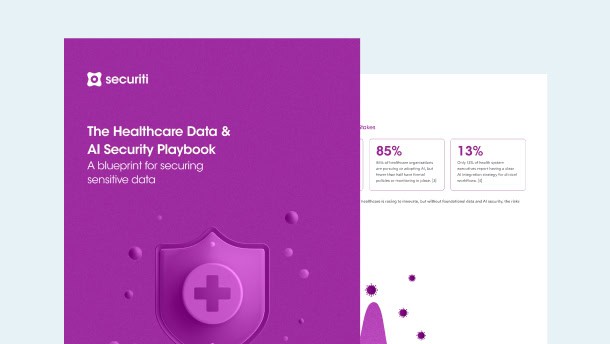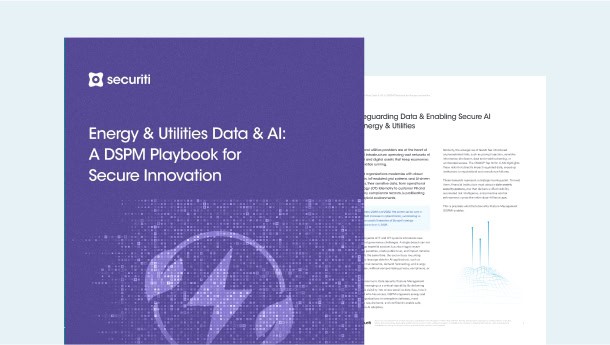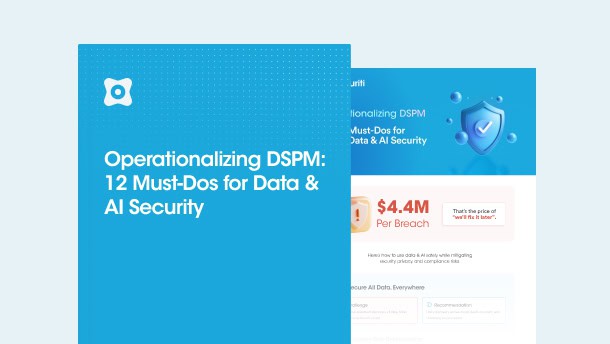Data is moving industries. It is fostering innovations. It is helping improve lives. Data is playing a vital role in transforming and evolving the world. However, dealing with data is like a double-edged sword. It could pose serious security and privacy risks if it falls into the wrong hands. Therefore, stringent regulations exist like the Gramm-Leach-Bliley Act (GLBA), also known as the Financial Services Modernization Act 1999.
GLBA is a federal law designed to make businesses liable for protecting customers’ financial data while providing increased transparency and control. The law is categorized into three categories, each with detailed provisions: Privacy Rule, Safeguards Rule, and Pretexting Rule. While these provisions provide a practical framework for meeting compliance, ensuring data security and privacy involves one critical element: risk assessment.
This blog discusses the significance of GLBA risk assessment for financial institutions, its associated provisions, and the best practices. Read on.
Why is GLBA Risk Assessment Important?
IBM Cost of a Data Breach Report 2023 highlights that the global average cost of a data breach has risen to $4.45 million, marking a notable 28% increase for financial sectors, soaring to an alarming $5.9 million.
A decade and a half back, organizations would store their data on-premises. However, with the ascent of cloud services, data has transcended traditional boundaries, expanding to cloud services in various locations. The explosive growth and expansion of data have made it challenging for businesses to keep track of their data- knowing what type of data they collect, its locations, security measures, and who can access it. The absence of these critical insights exposes organizations to security, privacy, governance, and compliance risks.
Conducting risk assessments provides organizations with a structured approach to effectively identify and prioritize risks associated with the confidentiality, availability, accessibility, and integrity of data. By identifying risks, organizations can clearly understand the security posture of their data and environment, implement appropriate security measures, and ensure compliance with legal requirements.
GLBA Risk Assessment Compliance Requirements
As mentioned above, GLBA provides provisions for three different categories. The Financial Privacy Rules regulate collection and disclosure of customer’s personal financial information by the financial institutions..The Pretexting Rule aims to prevent employees or business partners from collecting customer information under false pretenses.
The Safeguards Rule, on the other hand, provides detailed provisions for protecting customers’ data. It stipulates that organizations must develop a robust information security program having appropriate technical, administrative, and physical measures. One crucial component that this Rule provided in the law t is the GLBA risk assessment requirements.
The provision is part of the information security program that the GLBA covers. The law stipulates that financial institutions create, establish, and maintain a comprehensive information security program. The program must provide a well-written plan that details the administrative, technical, and security measures based on the size and complexity of the organization and the sensitivity of the customer data that it collects, processes, and shares. The program aims to ensure the security and confidentiality of customers’ data, prevent anticipated threats, and protect against unauthorized access or use, which could harm or inconvenience the customers.
Let’s take a detailed look at the requirements financial services must consider and carry out to improve data security posture, ensure compliance, and build customer trust.
Scope of the Assessment
Risk assessments are carried out to identify potential risks to the data's security, confidentiality, and integrity. Hence, financial institutions must consider internal and external risks during the assessment. Internal risks encompass threats like employee negligence, system vulnerabilities, or data mishandling. External risks include threats from outside the organization, such as data breaches.
Elements of a Written Assessment
The law further stipulates the requirements of a written risk assessment. The law requires that the assessment must include:
- A criteria for the evaluation and categorization of identified security risks or threats faced by them;
- A criteria for the assessment of the confidentiality, integrity, and availability of the information systems and customer information, including the adequacy of the existing controls in the context of the identified risks or threats faced by them; and
- Requirements describe how identified risks will be mitigated or accepted based on the risk assessment and how the information security program will address the risks.
Routine Assessment
Organizations should not limit themselves to performing only initial assessments. In fact, the law highlights and promotes periodic assessments or evaluations for continuous vigilance and adaptability. The periodic assessments are required to help organizations re-examine their potential risks and the adequacy of the security controls placed to mitigate those risks.
Under this requirement, financial institutions must re-evaluate “reasonably foreseeable” risks, including both internal and external, to identify emerging risks. Similarly, the security safeguards must also be re-assessed to ensure that they are sufficient and efficient for protecting customers’ data against unauthorized access, destruction, or loss.
Conducting a GLBA Risk Assessment
To operationalize GLBA risk assessment, financial institutions may consider the following best practices:
Understand the GLBA Risk Assessment Requirements
Information security teams must familiarize themselves with the law, such as its assessment provisions, limitations, and recommended best practices.
Identify Data Systems
Security teams cannot protect data until they know its location. Identifying the sensitive information systems is as important as protecting the data itself. Hence, the organization is required to run a thorough scan of all the on-premise, IaaS, SaaS, and other multi-cloud environments where data may exist.
Discover And Classify Data
Data discovery and classification are essential for making the assessment more optimal and efficient. These processes give detailed information about the sensitivity or confidentiality of the data, its importance to the business, and its significance for legal compliance.
Assess Security Risks
As the GLBA risk assessment requirements demand, security teams must identify all the potential internal and external risks to the systems and the data. The most common risks involve poor password policy, third-party data access, lack of multi-factor authentication, etc.
Qualify the Risk
Following the identification of risks, the security team must evaluate the extent of danger each recognized threat presents to the institution using a ranking system such as low, medium, or high for both likelihood and potential damage.
Implement Security Controls
Any external or internal threat to the sensitive data must be dealt with immediately and efficiently. From basic password security policies to advanced controls, the information security team must strive to implement appropriate safeguards to mitigate risks.
Achieve GLBA Compliance with Securiti
Risk assessments give organizations much-needed insights into understanding potential risks and determining appropriate measures. Non-compliance can lead to legal, financial, and reputational damages.
Securiti PrivacyOps, an integration of the Data Command Center, is the leader in data privacy management. PrivacyOps allows financial institutions to effectively discover customers' financial data across all on-premise and multi-clouds, automate risk assessments, and use integrated regulatory intelligence and controls to streamline security, governance, and compliance efforts.









































